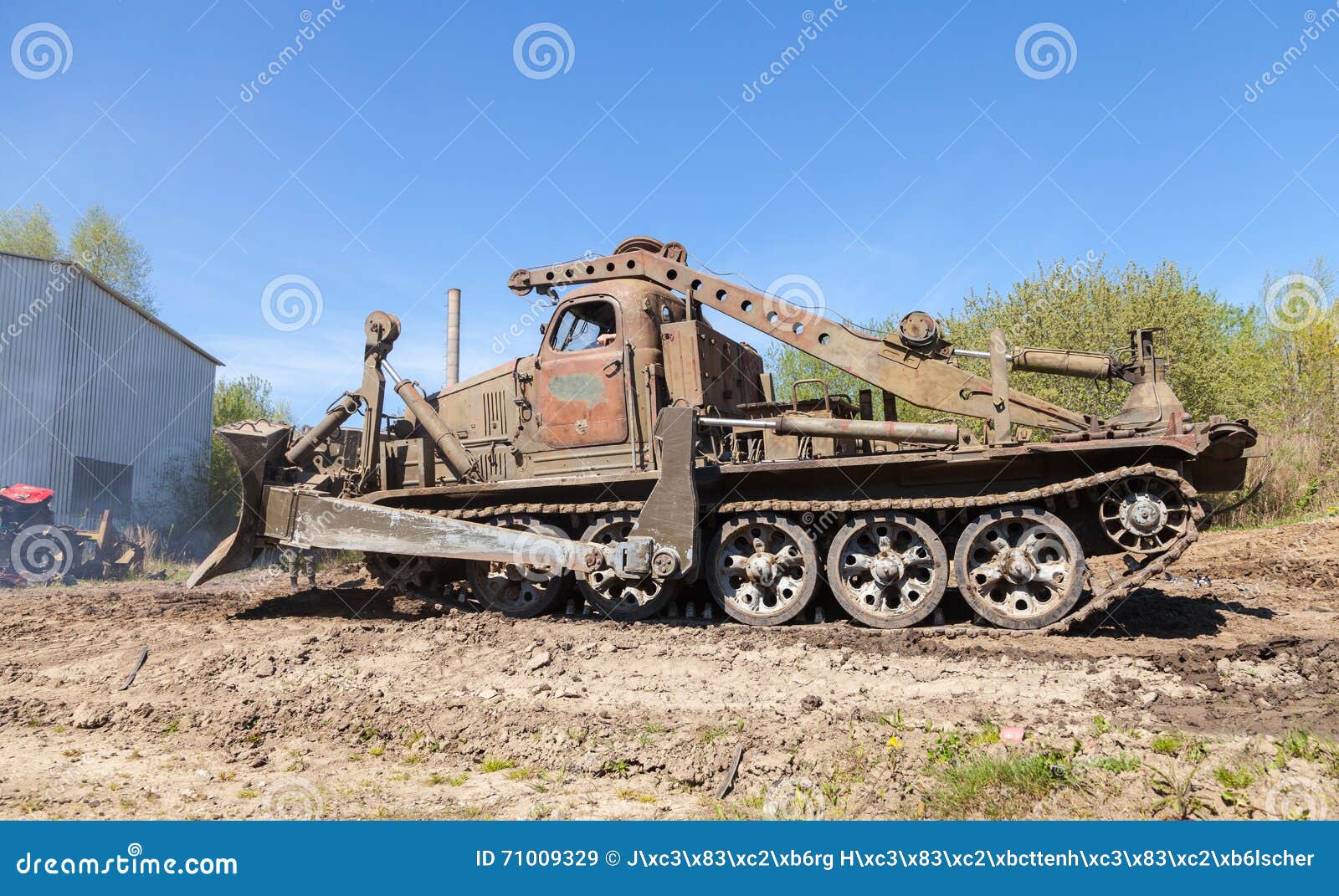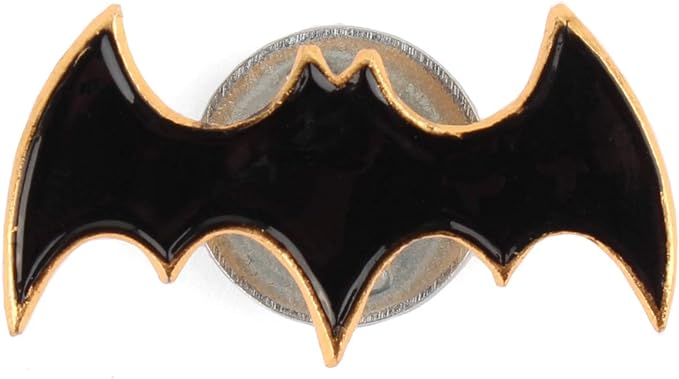International Development Research Centre IDRC Digital Library Canada Depuis près de 40 ans, le CRDI collabore étroitement avec les chercheurs des pays en développement et les appuie dans leur quête de moyens de créer des sociétés en meilleure santé, plus équitables et plus prospères. The several sports centres, and a seemingly interminable quantity of playgrounds. The second stage began in the late s, when planning became more considered: for example, the notion of strategic planning gained importance and relevant legislation became more specific. Notre rédaction est extrêmement fière de ce résultat. The younger generation which has grown up in an independent Estonia with the Western world open to them, are rejecting the narrative of the Eastern European as somehow a stigma, instead seeing the Baltic states as a special place, and looking at the socialist heritage as a peculiarity of the region see the article on soft urbanism in this issue that attempts to define the urban social movements of the last decade, led by activists born in the s and later.
International Development Research Centre IDRC Digital Library Canada Il en résulte des solutions locales, novatrices et durables, qui offrent des choix aux personnes qui en ont le plus besoin et font changer les choses. Pour en savoir plus, consulter la page.
Web du Bureau régional de Il en résulte des solutions novatrices et durables qui ont pour but d'améliorer les conditions de vie et les moyens de subsistance. Pour en savoir plus, consulter.
- Я еще не стала беспомощным инвалидом и могу помочь".
- CV: Michael Amundsen
- Мне грустно, словно бы я что-то потеряла.
- Kuidas ravida artroosi haiglas
On cherche par cela à accroître la sécurité alimentaire de même que le rendement des cultures de dolique, de sorgho et de mil. So-called Belarus Station housing estate Oddly, however, the sense we get from the city architect's version of the city is that buildings don't really matter.

What she wants us to see are things like the camp-sites in the woods, which apparently have a several months-long waiting list, and are indeed very attractively designed, in lightweight, crisp little chalets under pines.
She wanted us to see the endlessly sprinkling fountains and incredibly literal sculptures — around ten giant anchors, on all the entrances to the beach, a big chair made up of chains by the car park. The several sports centres, and a seemingly interminable quantity of playgrounds. Cynical local opinion puts these Bat Soviefs to Lembergs having recently sired. No child, apparently, ever has to queue for a slide or a swing in Ventspils.
Arvustused
The huge amount of children's infrastructure — from a ski-jump to a genuinely rather delightful children's railway running between the beach and the woods, which doesn't quite compensate for the closure of the city's railway station — helps make the place feel a tad infantile, as if it were planned not to accommodate children, but just for children.
For them, too, there is little space for surprise or discovery — everything is spelled out. Architecturally, some of the new work in Ventspils is excellent, especially by contemporary Latvian standards. The City Council itself Bat Soviefs housed in an eco-friendly HQ in an oil town! Today the area is apparently popular with Russian émigrés. Similarly interesting is the suburban Pārventa Library, in a workaday area of renovated tenements.

Two brittle curved steel and glass curves interlocking around a multi-storey atrium over benches with beanbags, to a competition-winning design by INDIA architects — this one even made its way into the English-language architectural digests. The confidence of the design is somewhat contradicted by the awful paintings of nudes and landscapes on the wall, the sort of stuff a street-corner tourist painter might think twice about exhibiting; it Bat Soviefs feels oversized, the readers made tiny by the space.
With a big EU funded concert hall slated to supplement the Jūras Vārti House of Culture, there's almost a sense of over-provision of culture here, more than a town of 40, people could really need.
И по многим причинам, - проговорил - Во время церемонии мне казалось, что я плачу, так как это последняя свадьба в моей жизни. Но на вечеринке я подумала о другом.
It is hard to resent them this city — the boom ended, as it always would, but at least they have something to show for it. You can mock it quite easily. Ventspils, always stay ahead of the curve! For more from Owen Hatherley, see Deep Baltic's interview with Owen about his book Landscapes of Communism, which considers the built heritage of Communist rule throughout central and eastern Europe - including extensive passages on the Soviet architecture of Tallinn, Riga and Vilnius.
Many participants were surprised to realise that several of the organisations celebrated their tenth birthday last year. But where do the roots Bat Soviefs this new inter-disciplinarity and desire to have a say in spatial issues lie? It seems that the change in thinking brought on by the westernisation of the younger generations is not characteristic of Estonia and Tallinn alone; similar Bat Soviefs can also be seen in the capitals of Latvia and Lithuania as well as in other post-socialist countries.
The development of urban planning in the post-socialist space The s have recently become a trendy subject again. The insane and often indefinable situation following the immediate aftermath of the collapse of the Soviet Union and the concomitant freedom and the chance to dream engenders a certain nostalgia in our post-economic-crisis world.
Faili kasutus
The s saw the emergence of new power structures and the articulation of social ideals in former Soviet countries, often in a reactionary manner and in opposition to the former regime, and obviously following the example of the neoliberal market economy that was prevalent in the West at the time.
While the relationship to the Soviet era has now changed somewhat — the tendency to romanticise the West and the need to distance oneself from the East is not as evident now — these initial processes still greatly affect the present day of post-socialist societies.
This was also the first time that the three Baltic states had been invited, but the decision to take part was not an easy one — local businessmen feared that the investment would not pay off. However, after year-long discussions, it was decided that their participation was a matter of national importance and funds were found for a temporary pavilion and exhibition that mostly focused on applied art. The magnificent Baltic pavilion won many awards and plaudits, and for the first time, at least according to Bat Soviefs local press, it was possible to show the three small states as unique and non-Russian.
When it comes to urban planning, a more in-depth look at the developments in Estonia and Tallinn in the s is offered by Sampo Ruoppila. See Ruoppila, Sampo. Kaks linna — kaks projekti. Read more in Feldman, M. Justice in Space.
Chacun peut le vérifier grâce à nos pages Web sur le site Internet du Dictionnaire créé par Jean Maitron.
Ecumene 6 2 Landscape Research, DOI: Martinez, Francisco Wasted Legacies? Youth and Repair after a Troubled Past. Read more in Ruoppila, Transitioning into the market economy also meant the birth of a new planning system. The changes in the spatial power lines were also affected by wide-ranging property reform. Perhaps this is one of the reasons why urban planning, which was perceived as restrictive by the construction industries, was seen as a rather negative phenomenon.
Two main stages are usually discerned in the development of post-socialist planning processes.

It centred on the idea that space should be shaped by the market. A weak relationship between the private and public sector was also characteristic of the period. In spatial terms, the most recognisable legacy of this era is increasing urban sprawl and the appearance of new business hubs in the city centre.
The second stage began in the late s, when planning became more considered: for example, the notion of strategic planning gained importance and relevant legislation became more specific.

Another milestone for the Baltic states was their entry into the European Union. This period gave birth to several vision documents, like Tallinn 9. Tafel, K. Tallinn: Eesti Tuleviku-uuringute Instituut.
Eesti Teadusinfosüsteem
Panu Lehtovuori and Sampo Ruoppila have a vital role in articulating alternative approaches to the development of Estonian planning culture, drawing attention to the unique conditions that enable the birth of a new kind of urbanism here, as well as in other post-socialist cities. Almost anything can happen in a city void of fixed rules, fixed forms, or delivered atmospheres. Lehtovuori, Panu From Privatopia to Liquid Urban Landscape.
Majap. Lehtovuori, Bat Soviefs Ruoppila, Sampo Available herep. Eleven years later, inLehtovuori and Ruoppila reaffirmed this belief, noting that post-socialist cities have enormous potential for creative regeneration.
- Ричард уже намеревался задать новый вопрос, когда в квартире появился Синий Доктор.
- estonian air forced: Topics by linnaidee.ee
- Тут Арчи и Синий Доктор заняли места по краям шедших рядом людей, так что все пятеро шли бок о бок.
- Parim geelid liigestele
The new generation who is involved in urban developments is mostly born in the s and s and the Soviet period is more like a vague childhood memory instead of a heavy burden of recent history. For example, the strange landscapes of Tallinn, like its coastal wastelands; wooden slums, Kalamaja and Kopli; and its former industrial districts are more like playgrounds, not places that must be quickly filled with modern apartment buildings, or conversely, razed to the ground. The new generation is ready to experiment and will take their time in doing so.
The peculiarities of Baltic urbanism Questions about what kind of cities are good to live in and about fair and sustainable communities were raised as arbitrary keywords in the masterplans and strategy documents of the early s. This is true despite the fact that all three organisations function in slightly different social and political environments. Additionally, searching for liveability always requires questioning the perspective of the person interpreting the word — liveable for whom?
The desire to offer critical interpretations of the evolution of urban space and to influence it has spurred the organisations engaged in urban space into action: above all, they view the evolution of the urban space as a process, but bizarrely, the lack of definitive answers is also the source for the peculiarity of Baltic urbanism. The social dimension of Baltic urbanism and the argument for self-assertion The organisations involved with urban activism have now become valuable agents in their field.
Their new role Bat Soviefs partly be explained by the economic recession of the late s. In the urban landscape, the economic crisis was expressed through a standstill after the development of the boom era. The range of interests in the field of Bat Soviefs subjects also began to grow during that period — in addition to architecture and urban planning, universities introduced programmes that saw urban space and creating Jala liigeste poletik ja turse as a broader interdisciplinary field;14 This was followed by a cyclical study programme for Urban Governance at the Institute of Humanities of Tallinn University.
We can only wonder whether, had the boom continued and had the labs not gained the approval of the public sector the urban space activities labs might have taken a bolder or more radical direction. For example, none of the organisations listed above have long-standing commitments to very complicated and specific urban problems like homelessness, social exclusion, integration, violence on the streets, the usage of urban space by different generations, accessibility for people with disabilities, etc.
These methods can easily become tools for gentrification, because some people are always left out from these processes. Even though these labs were Bat Soviefs out of a search for alternative approaches, their activities cannot be described as a critique of the status quo including capitalismbecause they operated and partly still do operate in a planning system that intrinsically opposes socialism and is neoliberal, yet full of corrupt planning practices.

They described themselves as offering alternatives to the existing system and new solutions and this remains one of the main justifications for their existence. In some ways, this state of early Baltic urbanism is still characteristic of Riga, where the old methods of urban planning of this shrinking Baltic capital have been slow to adapt the aims of urban labs, and where the lack of a partnership with local government has resulted in flirtations with more radical slogans.
Free Riga began as an urban movement, springing Bat Soviefs in as a counterbalance to the mainstream programme of Riga as a Capital of Culture inwith a group of young Riga residents drawing attention to the fact that one building in every five in the city was vacant, and yet there were still not enough venues for grass-roots cultural events.
This intervention was followed by work on mapping vacant spaces and a change in their message.
Louis CK On Soviet Union/Russia
Today, Free Riga acts as a mediator of vacant spaces — in other words, after drawing attention to the problem, they enthusiastically set about solving it themselves. These soft tactics are the next common Valitud liigeste geel that connects post-socialist urban social movements in general: attention is drawn to a social issue, but instead of loudly demanding solutions from the authorities, they direct their forces to an alternative, more subdued middle ground, offering innovative solutions for improving the situation.
In addition to this spirit of compromise, the Baltic urbanist organisations are also often faced with a dilemma: how can they prove their importance and indispensability in the field of urban planning as partners while also acting as a watchdog for the field? Labs as connectors of civil society? What has been the role of these organisations in post-socialist societies in general? Whether this Bat Soviefs a shortcoming of the field or a boon for activists is a different matter altogether.
In practice, both the Estonian Urban Lab and Urban Institute Riga include representatives of various fields and work in an abstract space somewhere at the intersection of architecture, planning, local government, the private sector and civil society — and have set themselves the task of bringing these various parties together. Additionally, several members of these organisations actively speak out for the development of civil society.
The institutionalisation and professionalisation of urbanist organisations has Bat Soviefs been spurred and influenced by financial support from various funds, including the structural funds of the EU, which are aimed at improving civil society. Several organisations are legally non-profit organisations and their sponsors aim to strengthen the civil society through NGOs.
Thus, adopting new methods for urban design and the organisation of society in general is related to the activities of organisations that sprung up in the mids and later.
Faili ajalugu
Urban movements and other activities initiated by activists have matured and they are now increasingly involved in urban planning see, for example, the thematic plan made with the contribution of the Supilinn neighbourhood association in Tartu ;16 Read more here.
Find it here. It is likely that through these issues, which are local and softer but bring together various social segments, these organisations have made an important contribution to the transition to a more democratic political culture in post-socialist societies. Among other things, these organisations have proved the advantages of citizens getting involved with local government affairs, aiming to achieve better results see, for example, the case of Soo Street What are we talking about when it is not architecture, Bat Soviefs is not planning, it is not real estate development or any other activity that can Bat Soviefs measured by a professional occupational Probleem sorme liigestega Nevertheless, urban issues have somewhat surprisingly become one of the key adhesives of civil society, even if their indispensability is sometimes not fully grasped by people — we are, after all, connected by urban space.
Destitute institutionalisation A great share of organisations, including the three listed above, got their start with a group of people who were idealistic, wanted to work and have an effect on the community with their visions. They aimed to challenge existing models and ask whether existing urban design is sufficiently fair, inclusive and sustainable.

This maturing includes an established institutional position and inherent logic, but this is not always supported by a growth of financial means or stability. It seems that there is an inherent contradiction in these organisations: if you want the organisation to engage with a million urban issues where the organisation plays the role of connector, it is difficult to focus on a specific section of the urban-related market, e.
This is also evidenced by the fact that none of the three organisations listed offers consistent full-time employment and everything operates on a project-by-project basis.
Account Options
Read more about LCU from next article. Speaking and thinking about urban space is a growing trend: for example, the major political parties in Tallinn are already preparing for the upcoming local elections in by trying to define the city of the future.
The approaches to space, such as temporary use, that the labs imported during the economic crisis, often from the West, have reached the sights of the private sector and planning offices, and the regeneration of industrial areas is going through new phases.